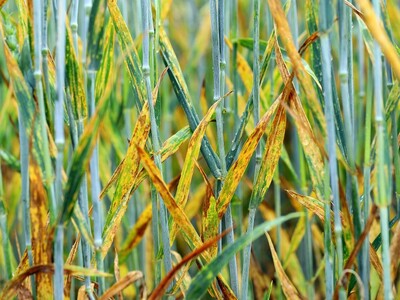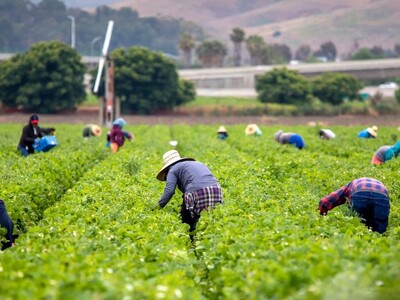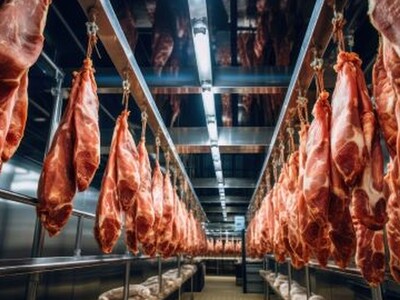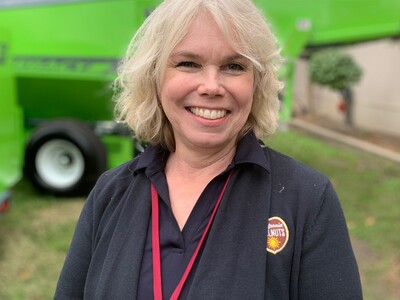2011 Ag Year In REview
2011 Ag Year In Review. I’m Greg Martin with today’s Line On Agriculture.
Once again we are staring a brand new year in the face. Seems like only yesterday we were worry about Y2K and people were hoarding food and water...computers were sure to crash and who knew what else was about to happen. Now here we are looking at 2012, the year the Mayan calendar ends. Hmm. In the meantime, let’s take this opportunity to look back at what 2011 was like in the ag year. January again brought us the Potato Expo live from Las Vegas. John Keeling, Executive Vice President of the National Potato Council talked about the importance of the Expo to the industry.
KEELING: It’s a real validation that the potato industry saw the importance of bringing all of the various sectors together and addressing issues and listening to speakers on topics that were critical to the industry.
Anaerobic digesters are slowly becoming more and more widely accepted and viable. Allison Costa is the Program Manager of the AgSTAR program.
COSTA: The AgSTAR program is a voluntary EPA program jointly sponsored by USDA and we promote the recovery and use of methane from animal manure through anaerobic digesters. And we provide educational outreach and technical assistance in a couple of different ways.
Oregon wound up getting a new or is that an old Governor as John Kitzhaber took over a state struggling with budget issues. Oregon Department of Agriculture Director Katy Coba said a better balance between democrats and republicans in the legislature was probably a good thing for the industry, which will lead to moderation.
COBA: There will also be other legislation that is presented, on land use, pesticides, food safety. But given the closeness in the party control in the legislature this coming session, legislation that moves through is going to have to have bipartisan support.
In January, 25 bison from an iconic Yellowstone herd were herded onto the Gallatin National Forest, where bison had been prohibited for decades. But some of them repeatedly left the 2,500-acre patch where they were supposed to spend the winter. One was shot after entering private property, and 23 were captured and shipped back to the park or returned there on their own. Dave Carter, Executive Director of the National Bison Association was outspoken on the issue.
CARTER: We feel that it is a shame the way the animals have been dealt with, that the animals have wandered out of the park and are either getting back in or are shot.
That’s today’s Line On Agriculture. I’m Greg Martin on the Ag Information Network.


















